The Old American Can Factory in Brooklyn invites a new maker studio
Design platform Radnor, founded by Susan Clark, puts down roots in a new studio space in Gowanus
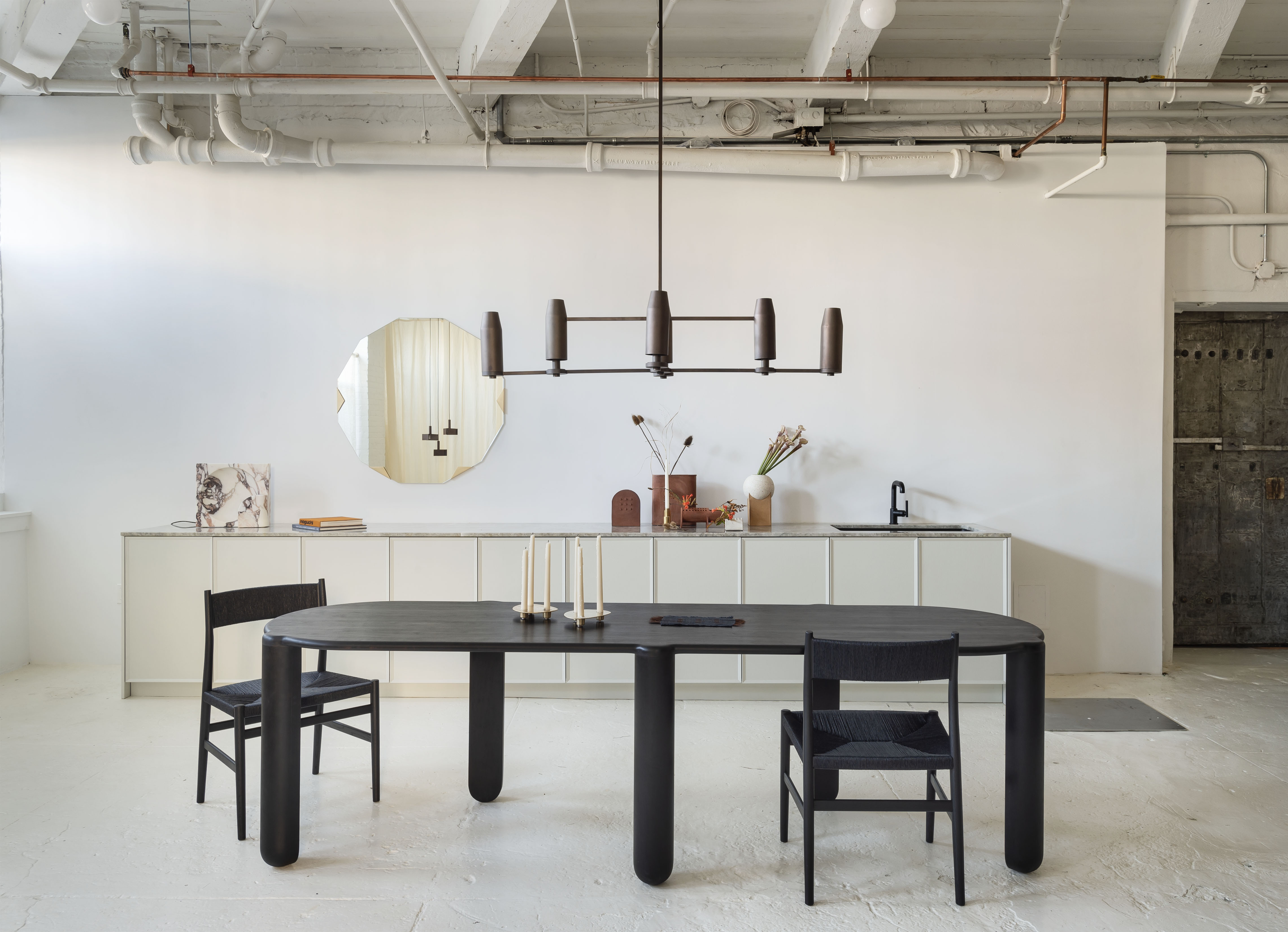
Creativity thrives inside the Old American Can Factory in Gowanus, Brooklyn, a historic industrial complex made up of six buildings occupied by more than 300 makers. When Susan Clark, founder of Radnor, came to know the site through her close collaborators Workstead, she knew it made sense to join. ‘It’s very much about supporting makers, so we feel honoured and lucky to be a part of it,’ she says at the opening of Radnor’s new studio space there.
Radnor, a design platform that creates limited-run collections – Radnor Made and Radnor Represented – with likeminded designers and makers who believe in the fruitful combination between craft and design, is similarly predicated on collaboration.
‘A lot of the work comes from industrial designers who have really taken on the knowledge and expertise of their craft,’ Clark explains of Radnor Studio’s offering. ‘And then there are the traditional ceramic artists, or woodworkers, true traditional makers who are inspired and push their work into the design realm.’ Loïc Bard’s Bone Dining Table can be counted as an example of the former, a piece that ‘on its own feels incredibly sculptural,’ Clark says, ‘but once you put it into context, you understand the liveability of the work.’
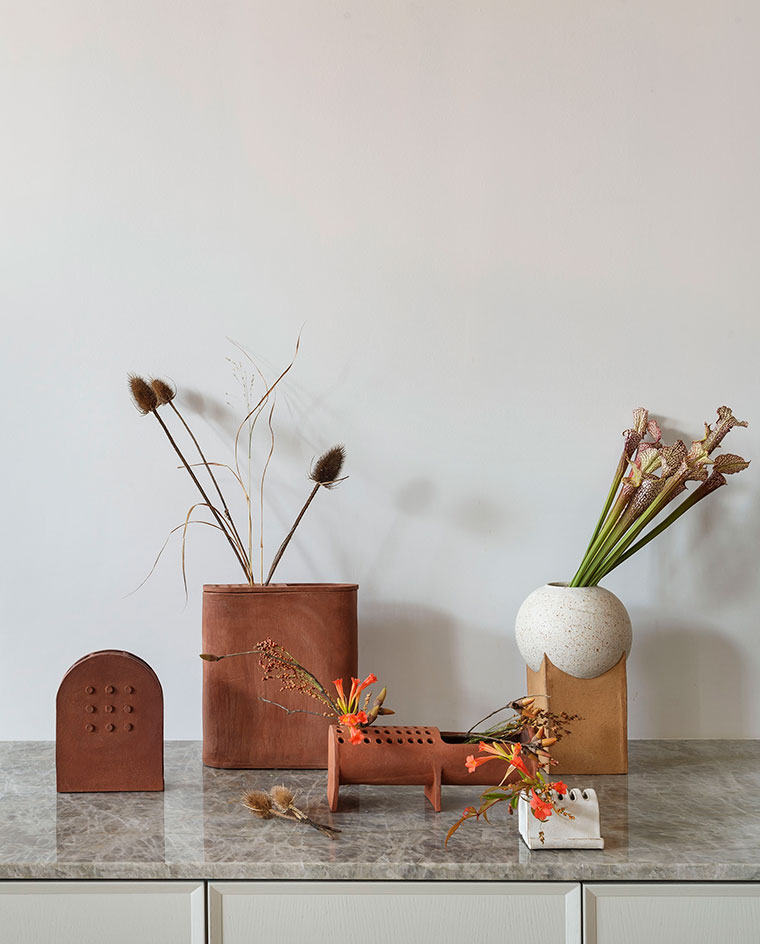
A candle holder and block sconce table lamp by Henry Wilson, an industrial designer who collaborates with a forgery close to his studio in Australia, is similarly sculptural, yet defined by process and technique.
Some of the most tactile pieces shown in Radnor’s new studio are made by the second kind of Radnor collaborator: craftspeople with a design edge. Alexandra Kohl weaves with horsehair, while Salem Van Der Swaagh uses selvedge from Scotland woolen mills to weave textiles with her blind cousin. They created custom cushions for the Lotus Chair, a 1968 design by Miller Yee Fong with a ‘technical wicker construction that is mind-blowing’, says Clark.
Radnor’s celebration of craft and technique comes together with a host of other design collaborations too. The Marilyn twin bed designed with Adam Rodgers and manufactured in a Mennonite and Amish community in the U.S., Bunn Studio’s Halyard Rugs made according to updated traditional Seisal techniques, and a new edition of the Arv Chair, designed by Studio David Thulstrup for the historic Danish company BRDR Krüger – strong instances of how Radnor’s dialogue between technique, process and functionality drives design forward.
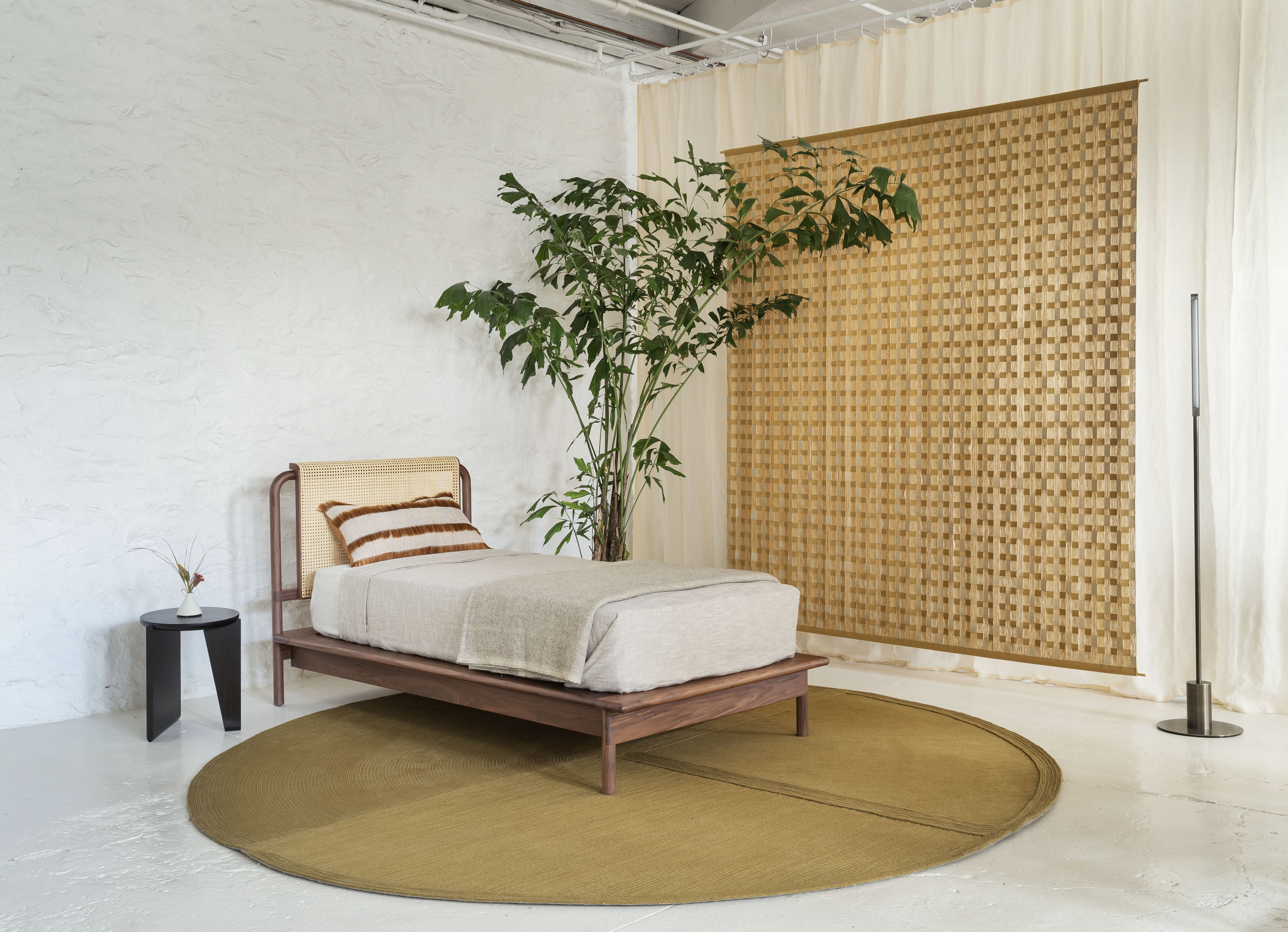
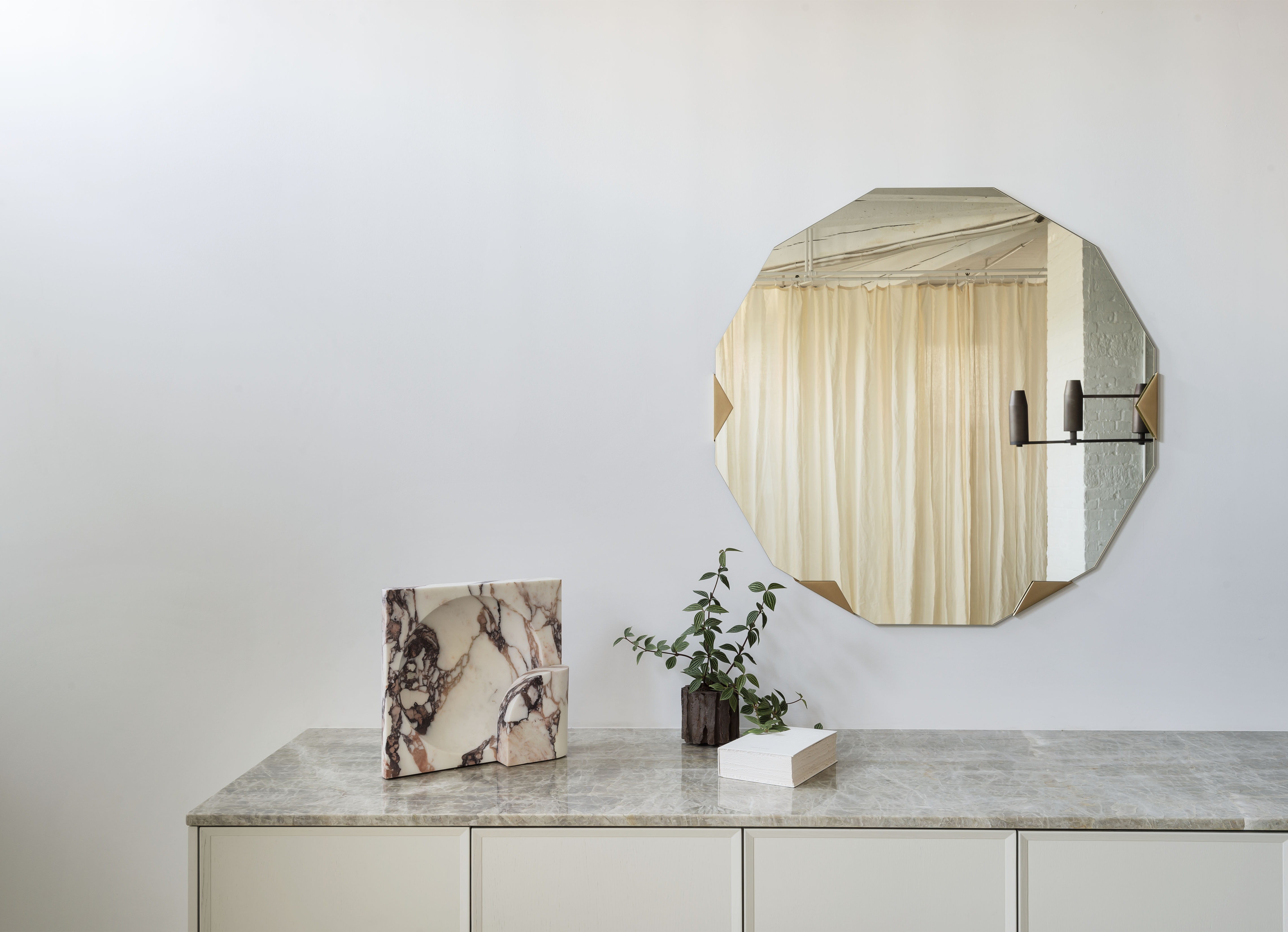
INFORMATION
Wallpaper* Newsletter
Receive our daily digest of inspiration, escapism and design stories from around the world direct to your inbox.
Siska Lyssens has contributed to Wallpaper* since 2014, covering design in all its forms – from interiors to architecture and fashion. Now living in the U.S. after spending almost a decade in London, the Belgian journalist puts her creative branding cap on for various clients when not contributing to Wallpaper* or T Magazine.
-
 Warp Records announces its first event in over a decade at the Barbican
Warp Records announces its first event in over a decade at the Barbican‘A Warp Happening,' landing 14 June, is guaranteed to be an epic day out
By Tianna Williams
-
 Cure your ‘beauty burnout’ with Kindred Black’s artisanal glassware
Cure your ‘beauty burnout’ with Kindred Black’s artisanal glasswareDoes a cure for ‘beauty burnout’ lie in bespoke design? The founders of Kindred Black think so. Here, they talk Wallpaper* through the brand’s latest made-to-order venture
By India Birgitta Jarvis
-
 The UK AIDS Memorial Quilt will be shown at Tate Modern
The UK AIDS Memorial Quilt will be shown at Tate ModernThe 42-panel quilt, which commemorates those affected by HIV and AIDS, will be displayed in Tate Modern’s Turbine Hall in June 2025
By Anna Solomon
-
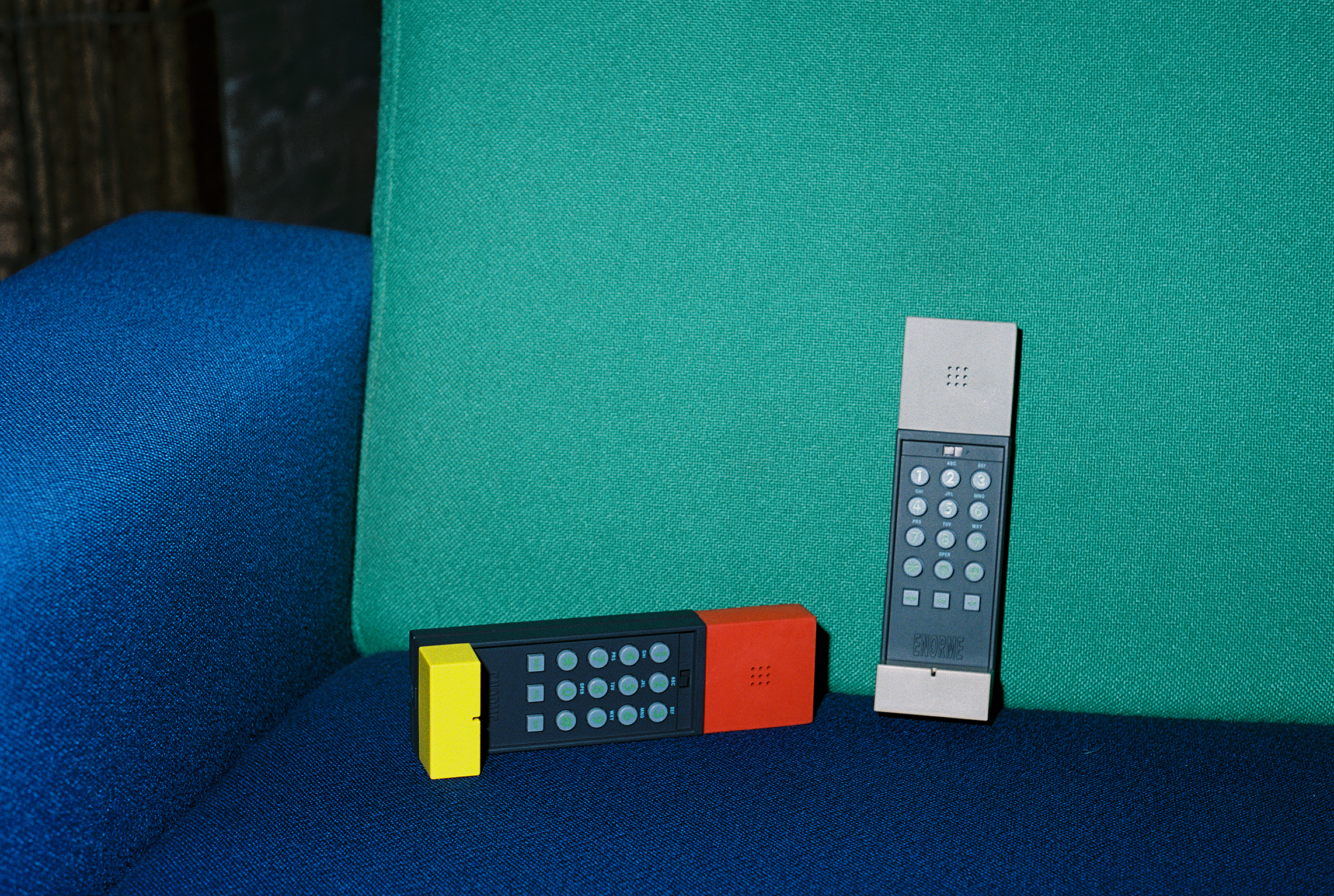 Basic.Space launches its first IRL shopping event – in an empty West Hollywood mall
Basic.Space launches its first IRL shopping event – in an empty West Hollywood mallWith the launch of its first in-person event in LA this weekend, the e-commerce platform is looking to bring collectible design to a whole new audience
By Adrian Madlener
-
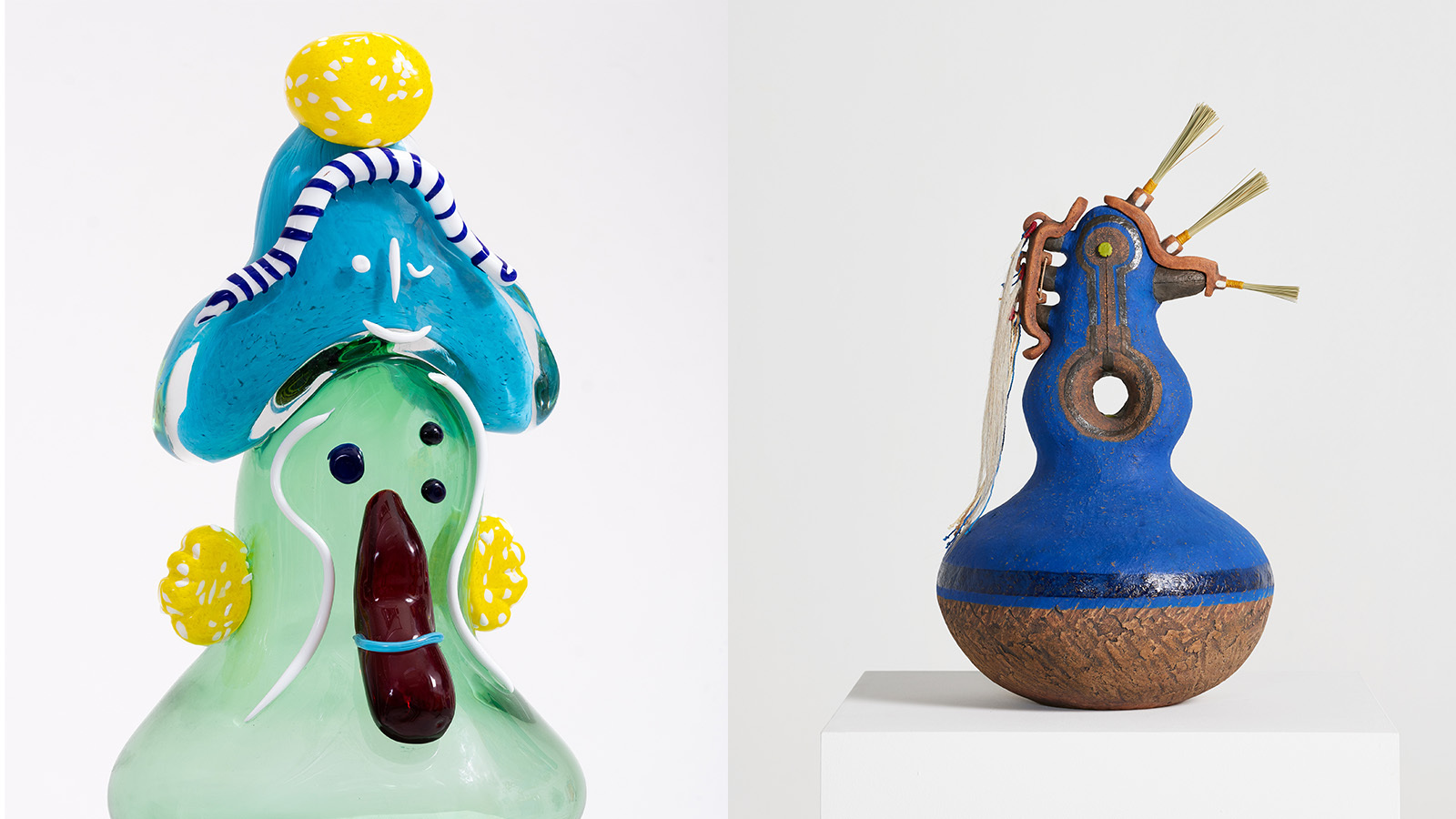 Design Miami 2024 is alive with possibility: here are 14 things to see
Design Miami 2024 is alive with possibility: here are 14 things to seeDesign Miami 2024 opens 4-8 December – let Wallpaper* guide you to the highlights, from dazzling installations to plump sofas and anthropomorphic sculptures
By Ali Morris
-
 Alessi Occasional Objects: Virgil Abloh’s take on cutlery
Alessi Occasional Objects: Virgil Abloh’s take on cutleryBest Cross Pollination: Alessi's cutlery by the late designer Virgil Abloh, in collaboration with his London studio Alaska Alaska, is awarded at the Wallpaper* Design Awards 2023
By Rosa Bertoli
-
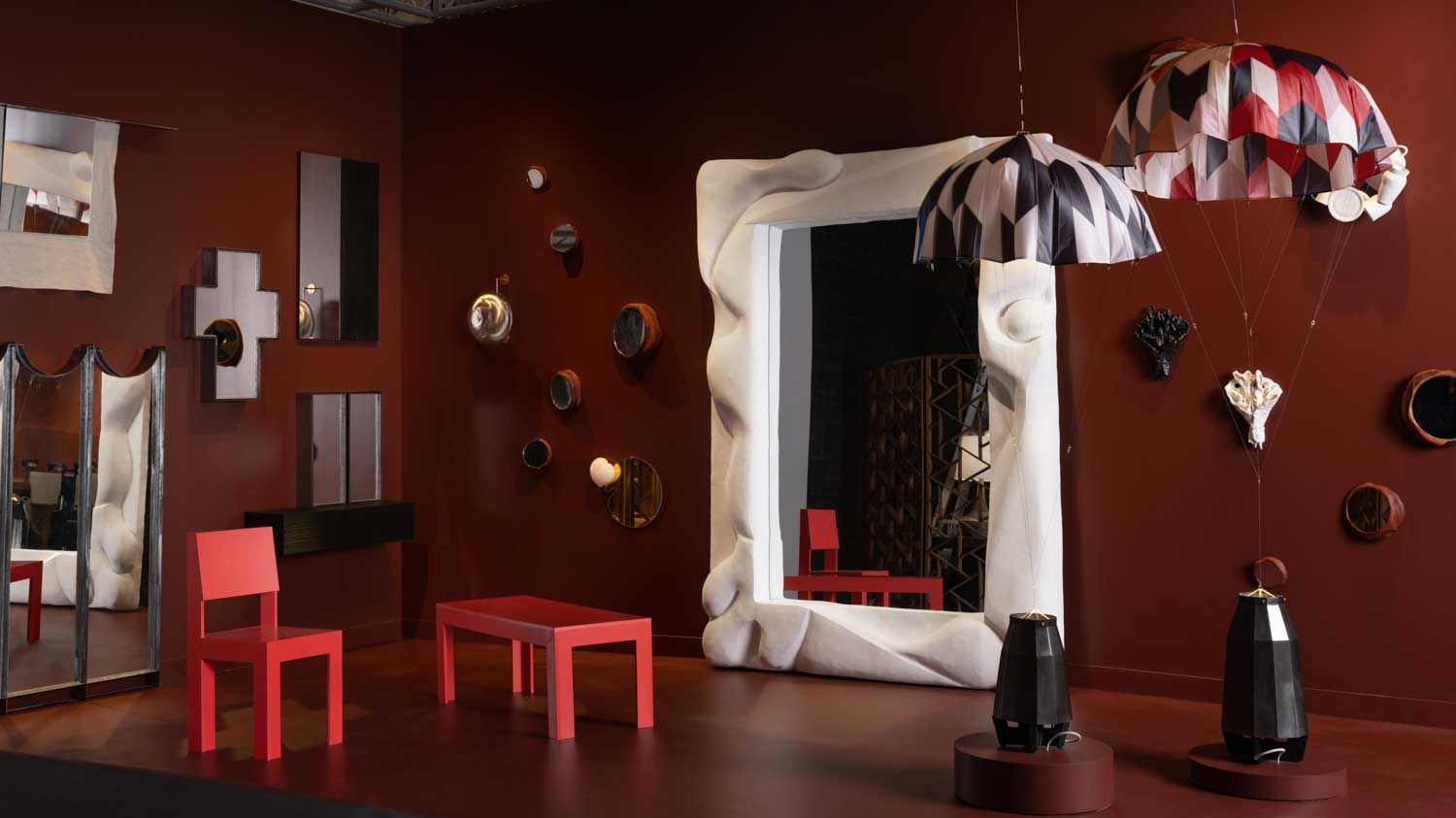 Design Miami 2022: highlights from the fair and around town
Design Miami 2022: highlights from the fair and around townDesign Miami 2022 (30 November – 4 December) aims at ‘rebooting the roots of our relationship with nature and collective structures, ecospheres, and urban contexts’
By Sujata Burman
-
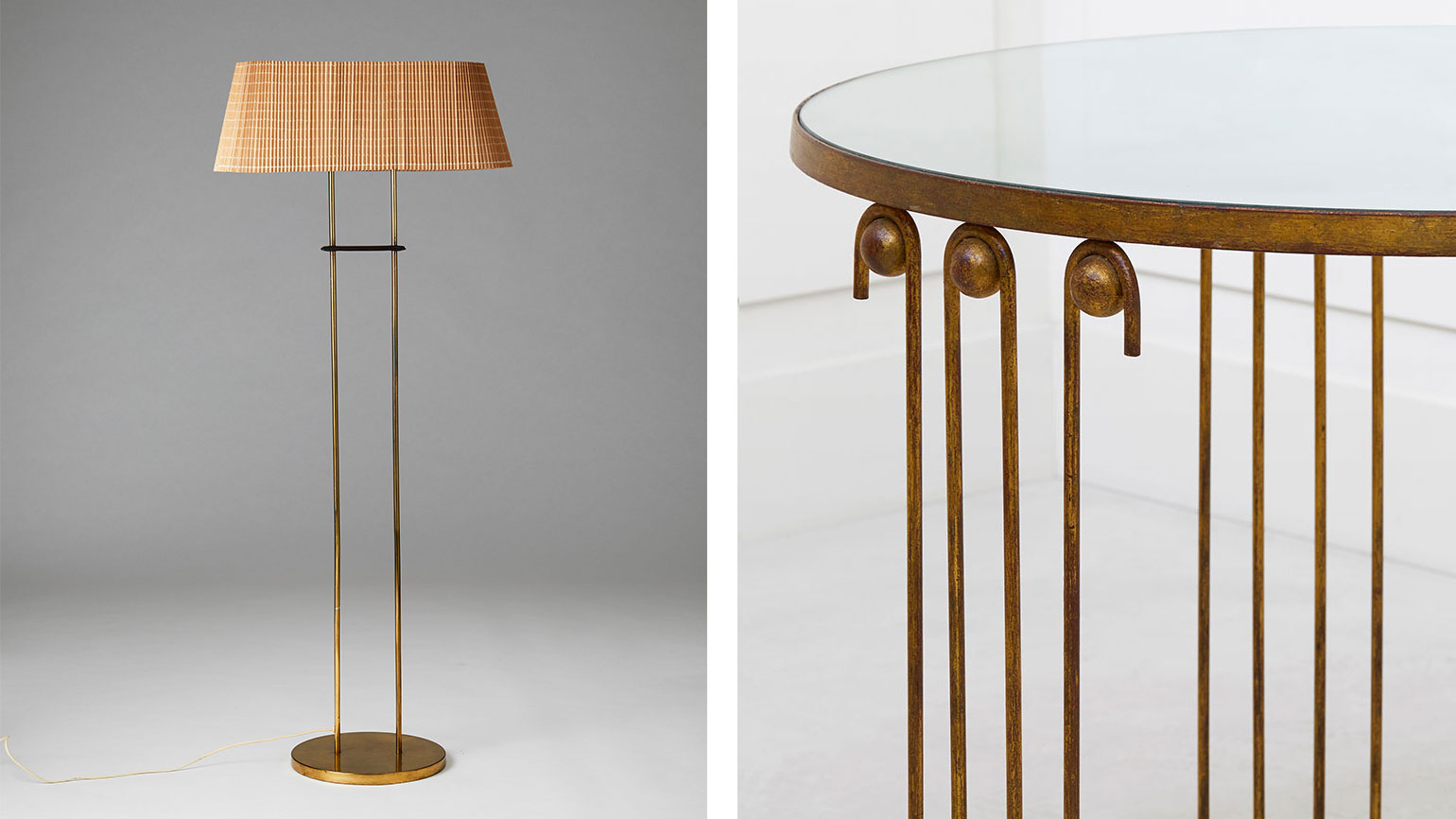 Salon Art + Design 2022: design highlights not to miss
Salon Art + Design 2022: design highlights not to missWallpaper* highlights from Salon Art + Design 2022, New York
By Tilly Macalister-Smith
-
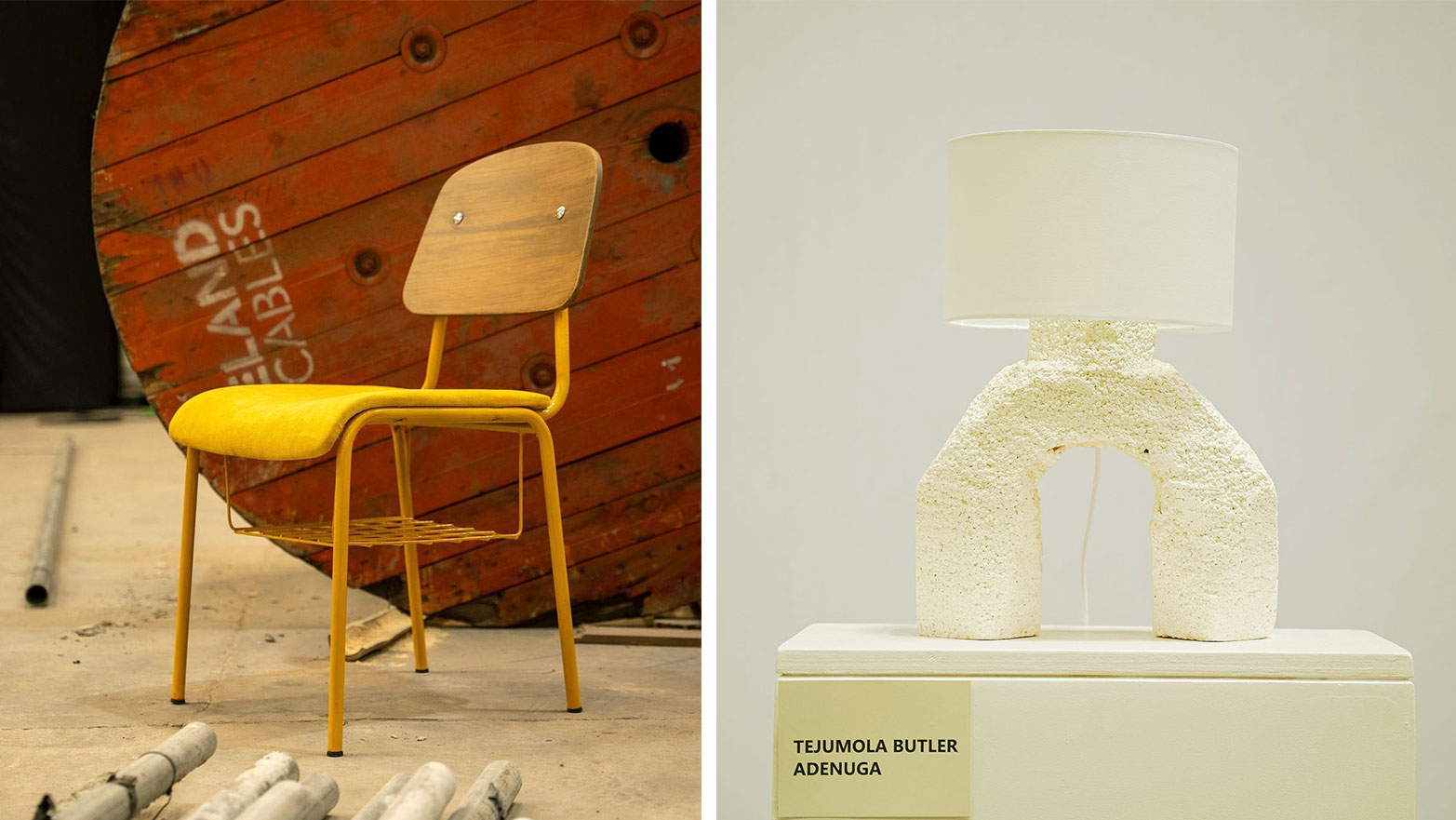 Design Week Lagos 2022 celebrates creativity and innovation in West Africa and beyond
Design Week Lagos 2022 celebrates creativity and innovation in West Africa and beyondCurated by founder Titi Ogufere, Design Week Lagos 2022 is based on a theme of ‘Beyond The Box’
By Ugonna-Ora Owoh
-
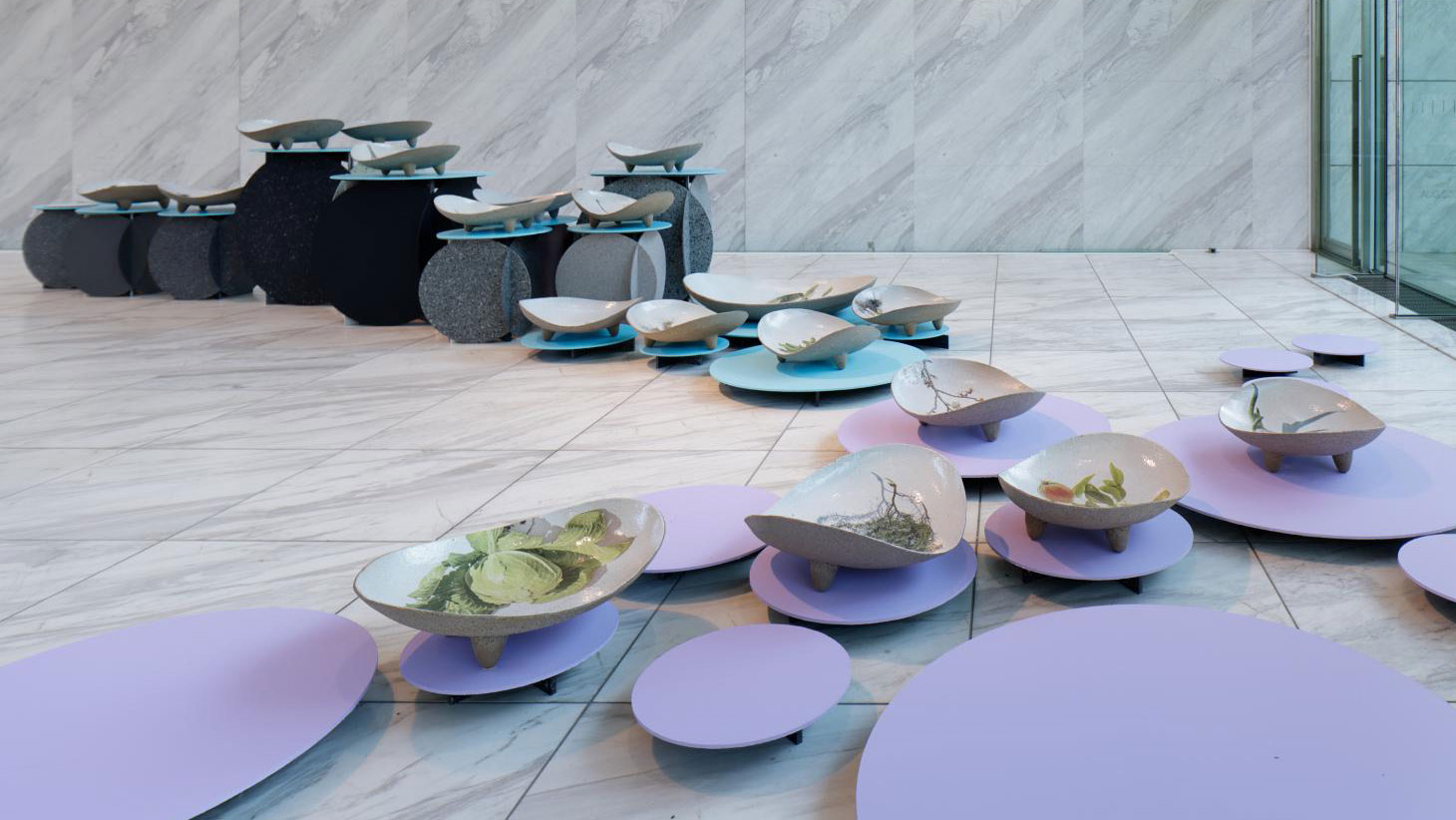 Designart Tokyo transforms the city into a museum of creativity
Designart Tokyo transforms the city into a museum of creativityDesignart Tokyo presents global design highlights through a series of exhibitions involving global creative talent and traditional Japanese craft
By Danielle Demetriou
-
 Nendo’s collaborations with Kyoto artisans go on view in New York
Nendo’s collaborations with Kyoto artisans go on view in New York‘Nendo sees Kyoto’ is on view at Friedman Benda (until 15 October 2022), showcasing the design studio's collaboration with six artisans specialised in ancient Japanese crafts
By Pei-Ru Keh